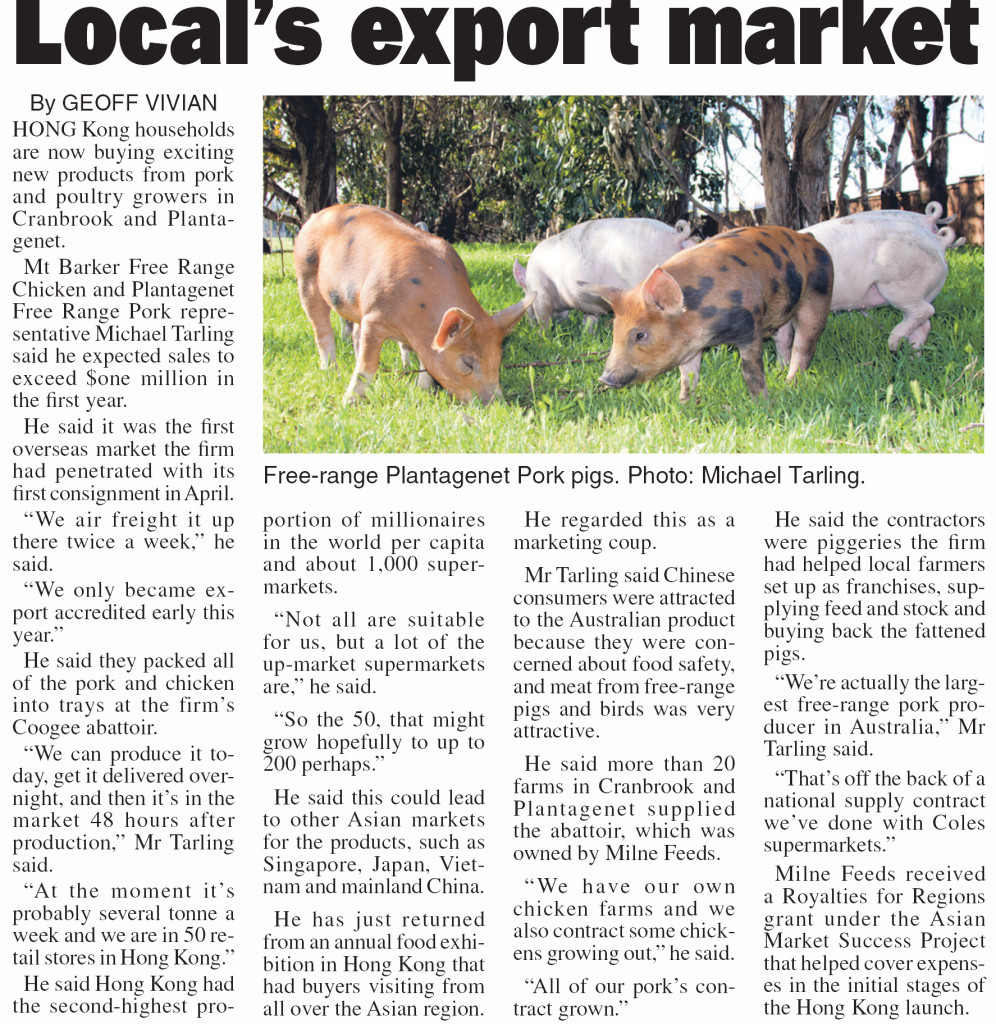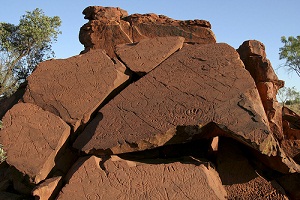I think this was my first hard news story to be published. I was running the radio station at Halls Creek and studying journalism online at Griffith University. Style is a little clunky but this is the kind of story I still love to do today. Thank you Gerard Willett for giving me a break!
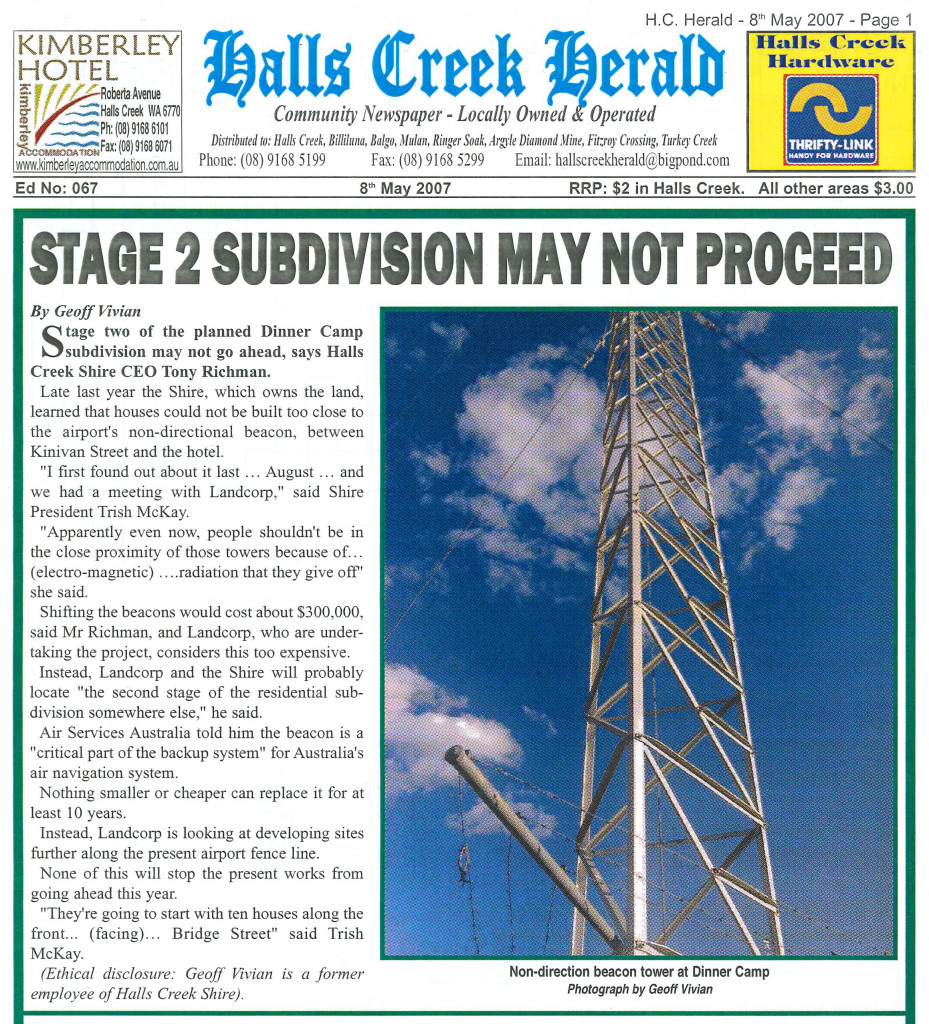
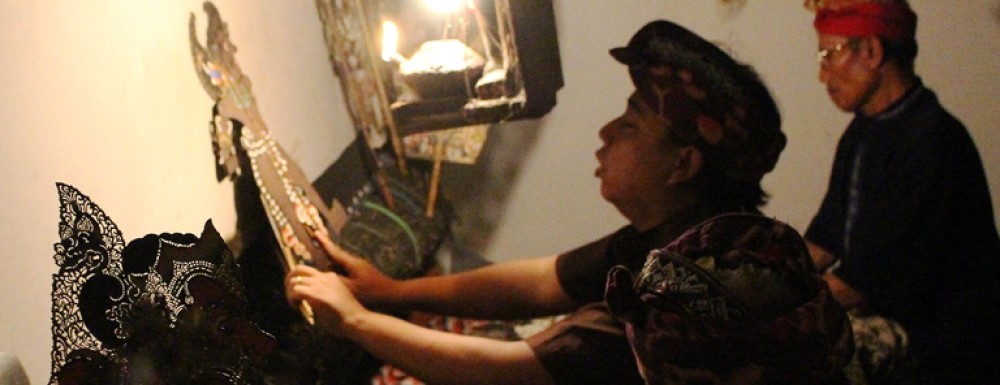
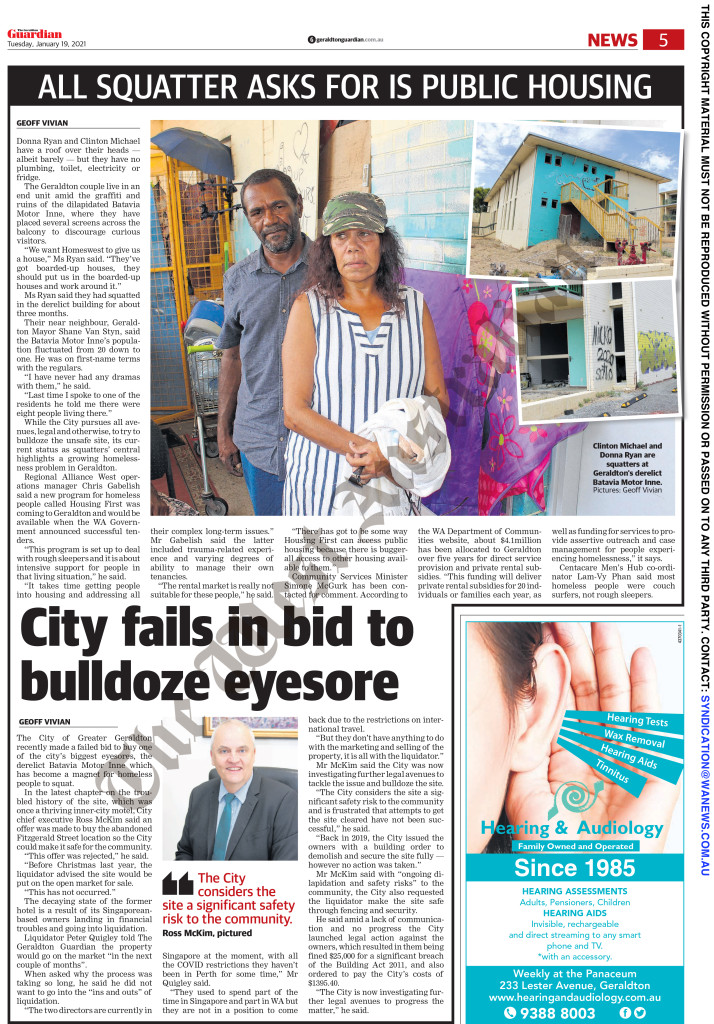
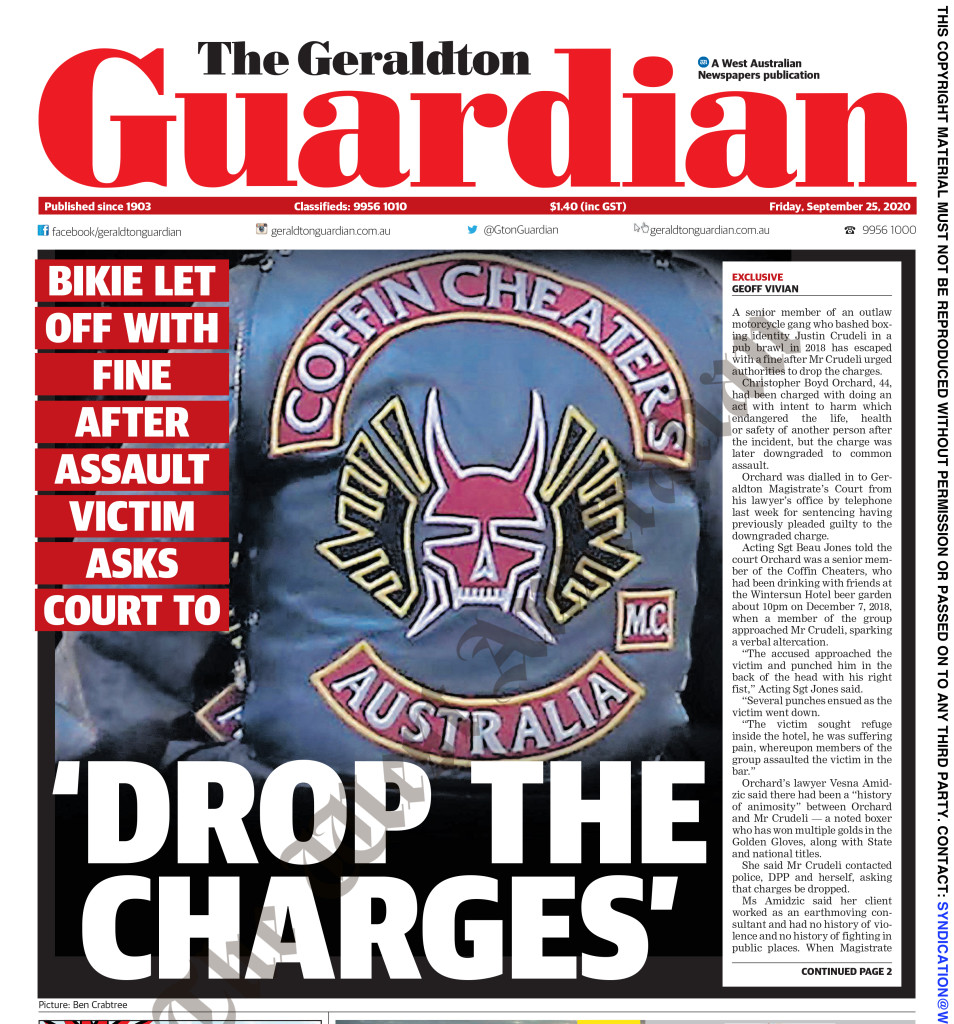
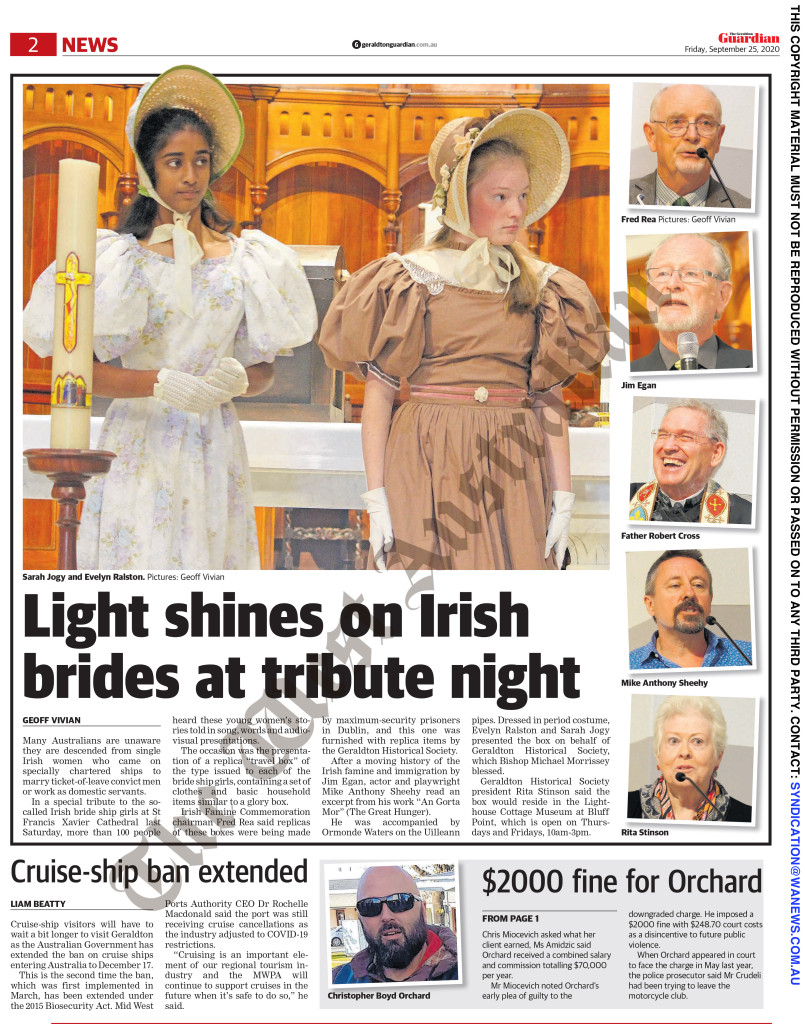
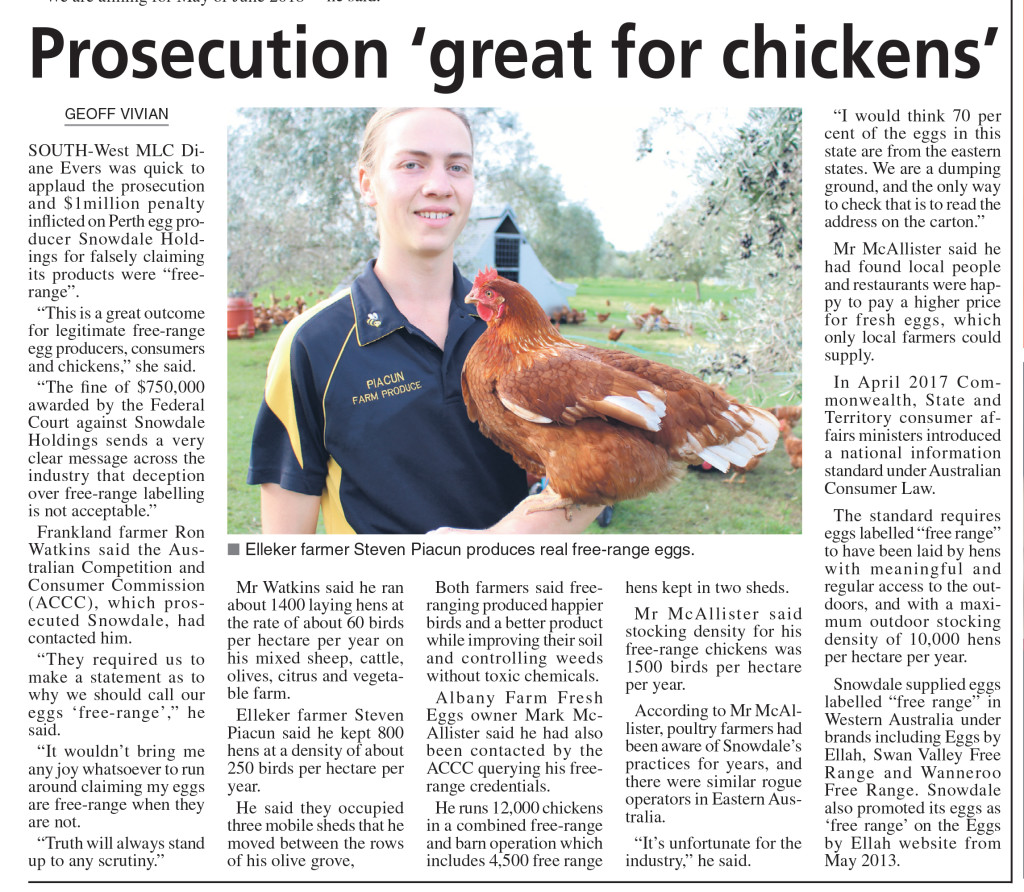
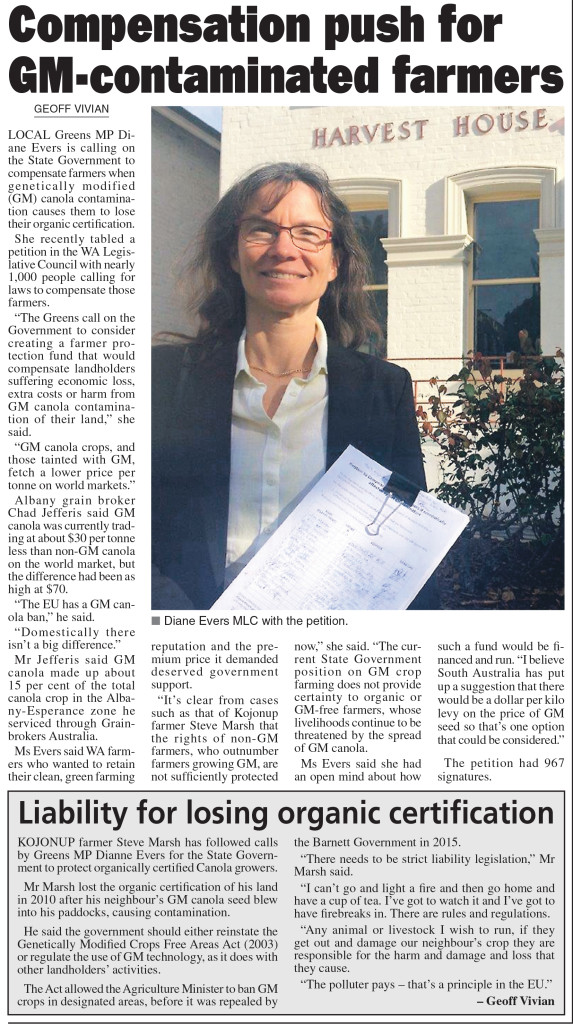
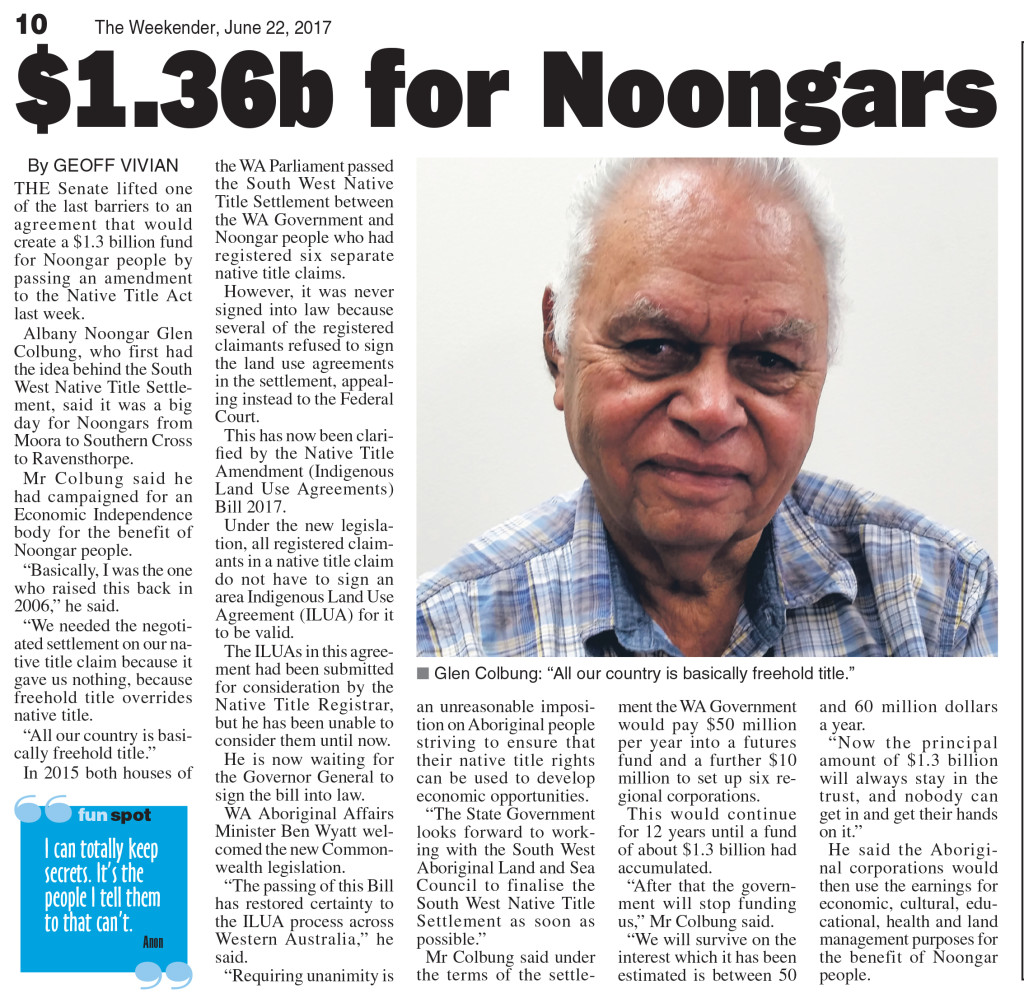
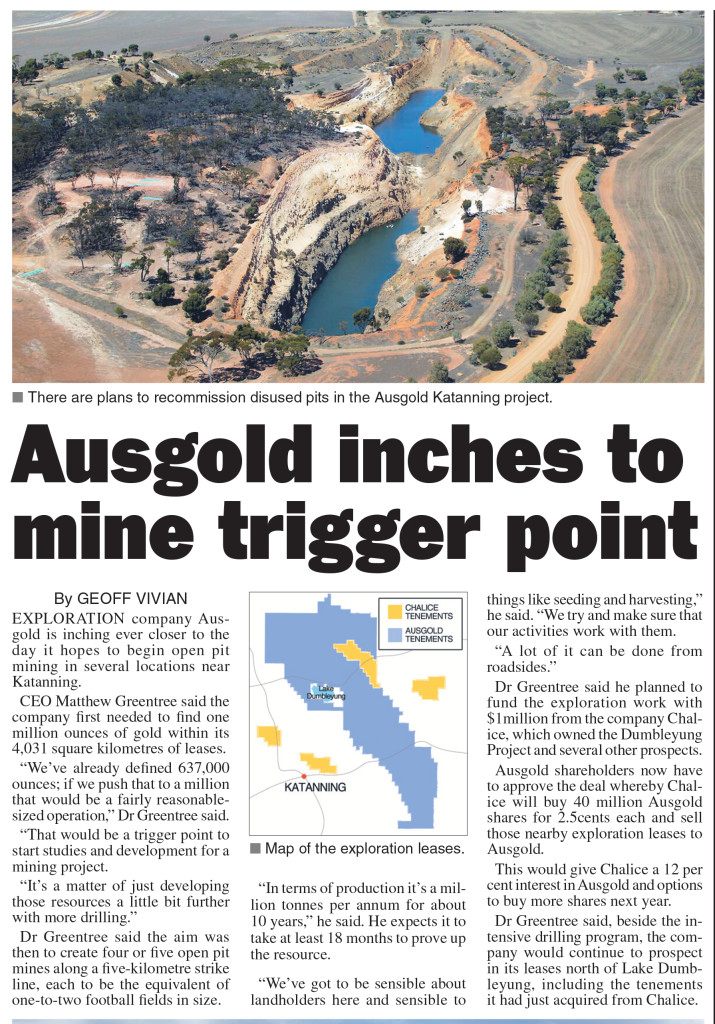 CEO Matthew Greentree said the company first needed to find one million ounces of gold within its 4,031 square kilometres of leases.
CEO Matthew Greentree said the company first needed to find one million ounces of gold within its 4,031 square kilometres of leases.